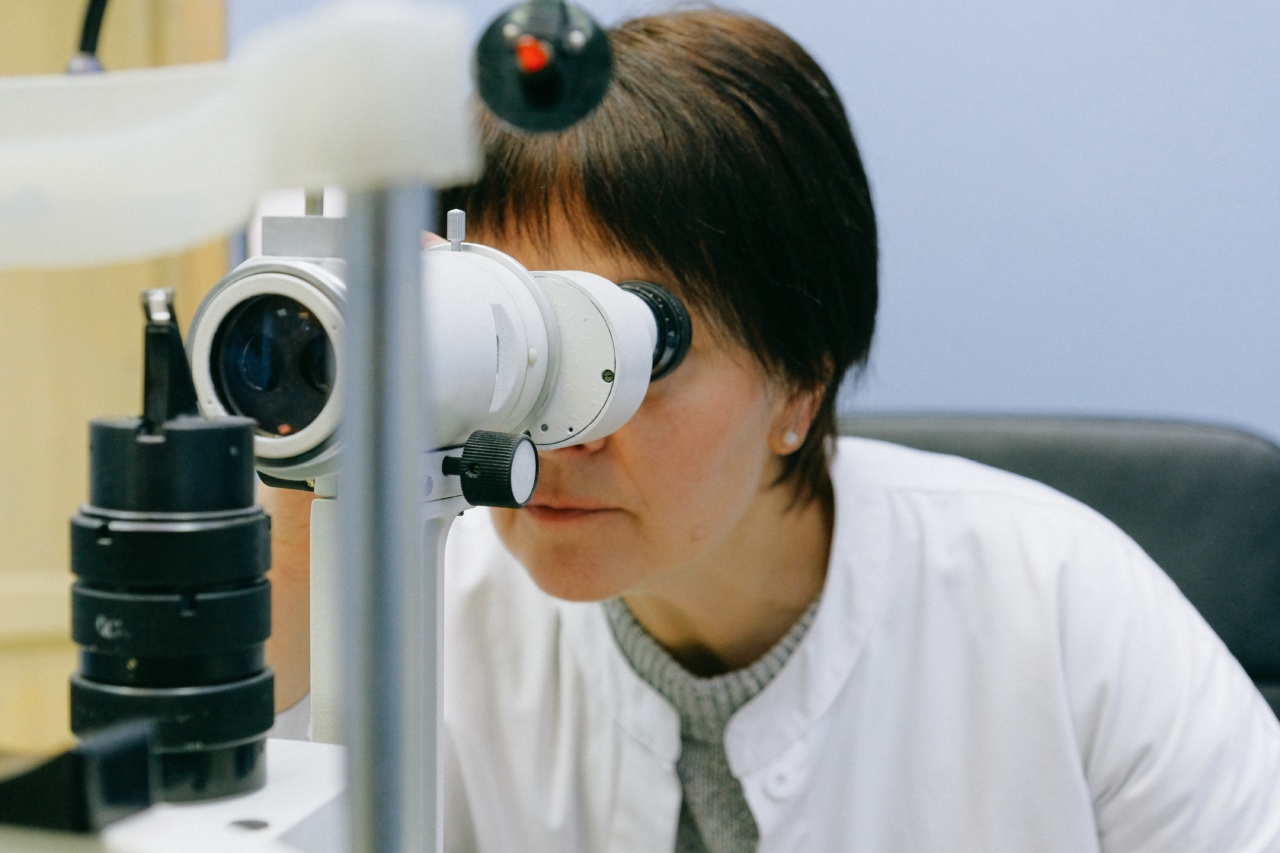Medical advancements have made it possible to detect many serious diseases before they become life-threatening. One of the key methods for early detection is through regular vascular exams.
These exams help doctors monitor the health of a person’s blood vessels and identify any potential issues that may lead to serious conditions such as heart disease, stroke, or peripheral artery disease.
What are Vascular Exams?
Vascular exams are non-invasive tests that allow doctors to assess the health of a person’s blood vessels.
These exams involve the use of specialized imaging techniques that can identify blockages, narrowing, or other abnormalities in the blood vessels. They are typically performed by a vascular specialist or cardiologist, and involve the use of ultrasound, magnetic resonance imaging (MRI), or computed tomography (CT) scans.
Why are Vascular Exams Important?
Vascular exams are important because they can identify potential health problems before they become serious.
By detecting narrowing or blockages in the blood vessels, doctors can identify a person’s risk for serious conditions like heart disease, stroke, and peripheral artery disease. Early detection allows doctors to develop treatment plans that can prevent these conditions from becoming life-threatening.
Common Types of Vascular Exams
There are several types of vascular exams that doctors may recommend based on a person’s individual health needs and risk factors. Some common types include:.
- Carotid ultrasound – This exam uses ultrasound technology to evaluate the carotid arteries in the neck and detect any narrowing or blockages.
- Ankle-brachial index (ABI) – This exam compares blood pressure measurements in the arms and legs to detect peripheral artery disease.
- Magnetic resonance angiography (MRA) – This exam uses magnetic resonance imaging to evaluate blood flow in the body and detect any narrowing or blockages in the blood vessels.
- Computed tomography angiography (CTA) – This exam uses computed tomography scans to evaluate blood flow in the body and detect any narrowing or blockages in the blood vessels.
Who Should Have Vascular Exams?
Vascular exams may be recommended for people who have certain risk factors for heart disease, stroke, or peripheral artery disease, including:.
- High blood pressure
- High cholesterol
- Diabetes
- Family history of cardiovascular disease
- Smoking
- Obesity
People who have symptoms of a vascular condition, such as chest pain, leg pain, or numbness and tingling in the limbs, may also be referred for a vascular exam.
What Happens During a Vascular Exam?
The exact procedure for a vascular exam will depend on the type of exam being performed. In general, however, a vascular exam will involve the following steps:.
- The patient will usually need to remove any clothing or jewelry that could interfere with the imaging equipment.
- The patient will lie down on an examination table, and the vascular specialist will apply a gel to the area being examined.
- The specialist will use a handheld device called a transducer to send sound waves into the body. These sound waves will bounce off the blood vessels and create images on a computer screen.
- The specialist will analyze these images to evaluate the health of the blood vessels and identify any potential issues.
Conclusion
Vascular exams are an important tool for early detection of serious diseases like heart disease, stroke, and peripheral artery disease.
By monitoring the health of a person’s blood vessels, doctors can identify potential health problems before they become life-threatening. If you have any of the risk factors associated with these conditions, or are experiencing symptoms such as chest pain or leg pain, talk to your doctor about whether a vascular exam may be appropriate for you.
























